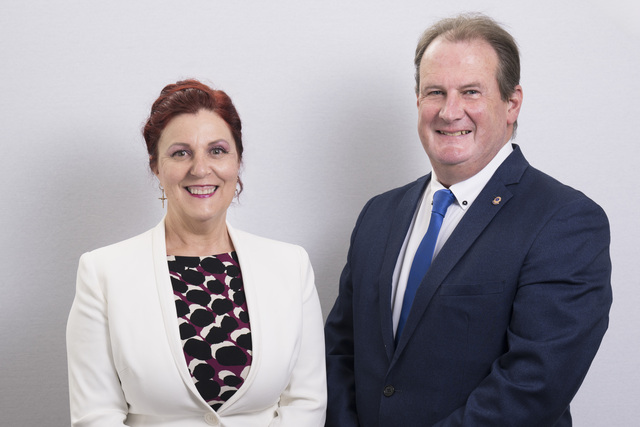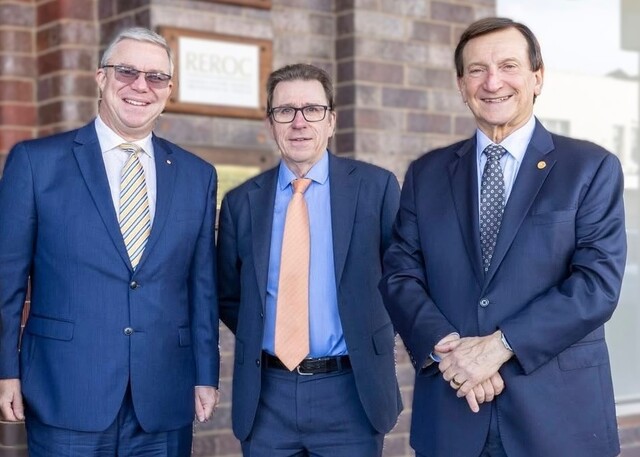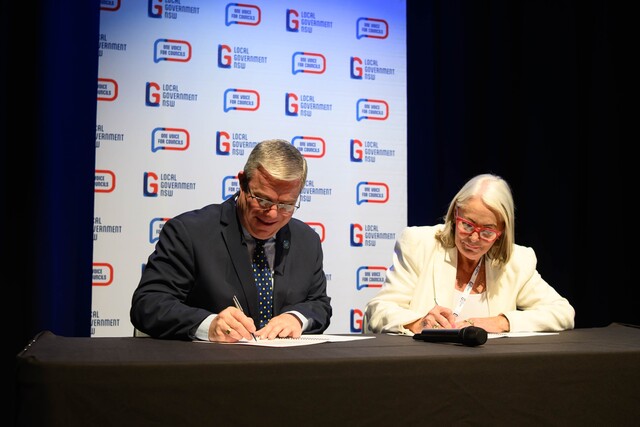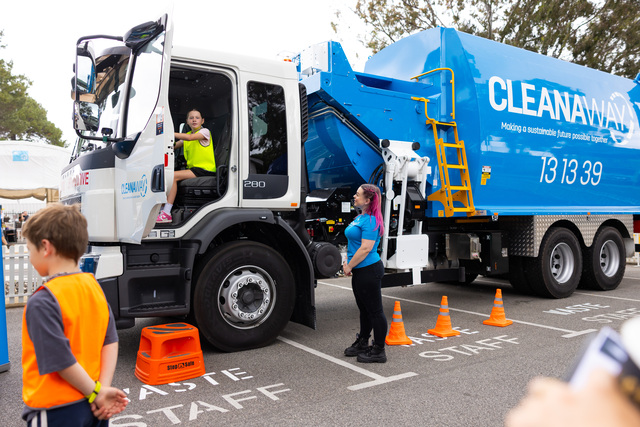Financial sustainability for Local Government involves a tripartite effort: Albanese
 The Productivity Commission released its final report, ‘Assessing Local Government Revenue Raising Capacity’, on
The Productivity Commission released its final report, ‘Assessing Local Government Revenue Raising Capacity’, on
17 April. This 12 month study into Local Government’s own revenue raising sources resulted from a key recommendation of the Hawker ‘Fair Share’ report tabled in Federal Parliament in November 2003. The then Howard Government referred this recommendation to the Productivity Commission in April 2007.
Minister for Infrastructure, Transport, Regional Development and Local Government, Anthony Albanese, welcomed the report.
“The report highlights the diversity of Local Government within the sector, and the different abilities and requirements of Local Government to raise revenue,” he said.
The Minister added that the Council of Australian Governments (COAG) will be considering Local Government funding arrangements later this year.
“The commission’s report is a timely contribution to the discussion that will take place in COAG and shows that the way forward on financial sustainability for Local Government involves a tripartite effort,” he said. “We also recognise the importance of financial sustainability of Local Government and this report fills a gap in the level of information about Local Government resourcing.”
The Productivity Commission report clearly states that Local Governments in Australia perform an important role through their provision of infrastructure, service delivery, and planning and regulatory activities.
“Most Local Governments are funded mainly from their own sources of revenue, although Government grants also are a substantial source of revenue, particularly in rural and remote locations,” said Commissioner Judith Sloan. “On average, councils raise about 88 per cent of their hypothetical revenue raising capacity, although there are large differences across councils. The impact of raising additional own source revenue would vary across classes of councils. A modest increase by urban councils would be less difficult than for rural and remote councils, where a higher proportion of community income is already drawn upon.”
The Productivity Commission found that State Government legislation and regulatory factors can also limit the ways in which councils can raise revenue. It found that the overall impact of this on revenue is unclear, except in New South Wales. It states: “The combined impact of ratepegging and partial reimbursement of concessions in New South Wales clearly constrains revenue raising by councils in that State.
“There is a case for all State Governments to undertake periodic reviews of their policies and programs that impact on the revenue raising of Local Governments.”
The New South Wales Local Government and Shires Associations have long argued the adverse impact of State control over their revenue raising capacities.
“This report clearly demonstrates the NSW State Government has the most control over revenue raising than any other State Government in the country,” said Councillor Bruce Miller, President of the NSW Shires Association. “As a result NSW has the lowest rates per person in Australia at $384 in 2005–06, compared to a national average of $441 and $495 in Victoria.”
Councillor Genia McCaffery, President of the NSW Local Government Association, said councils are being squeezed at both ends because of increased demand for services but a decrease in the ability for councils to raise revenue.
“The State Government is reducing the ability of local councils to provide services for local communities and the State’s pro-Developer Laws would strip that ability even further,” she said. “Common sense suggests that as the population increases, Local Government is going to have to raise more money to provide the libraries, roads, childcare centres and sporting facilities that the community relies on. Instead, the State Government recently released a reduced rate cap – further limiting councils’ ability to increase rates – despite increased costs, charges and demands being placed on them. It is totally unsustainable.”
Australian Local Government Association (ALGA) President Councillor Paul Bell has welcomed the report’s conclusion that councils are already approaching their hypothetical maximum own source revenue raising capacity.
Councillor Bell said that while Local Governments’ own source revenue has an important part to play in Local Government resourcing, it is only one part of a very complex issue.
He said a fair share of Commonwealth revenue – being a one per cent share of total Commonwealth taxation revenue – is the only way to ensure adequate revenue growth for general purposes.







